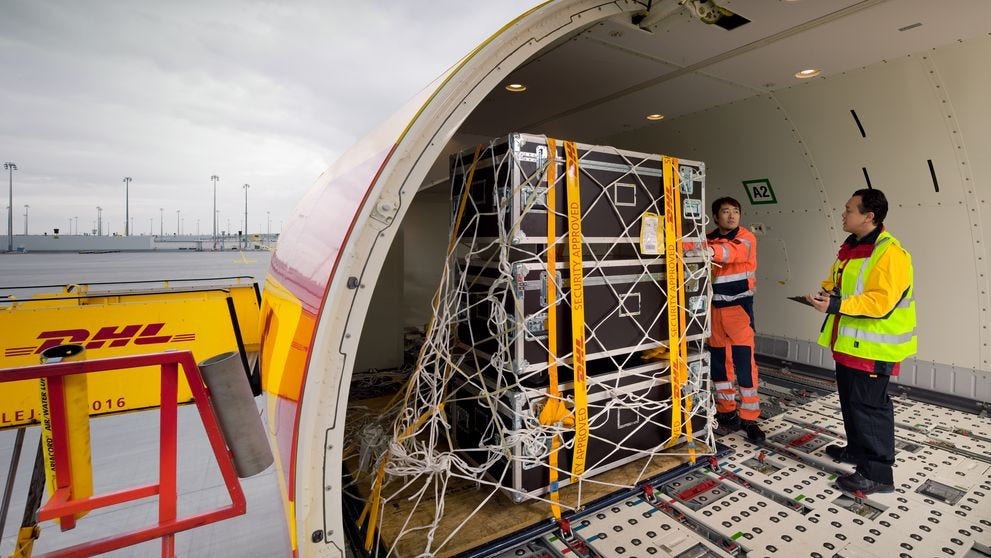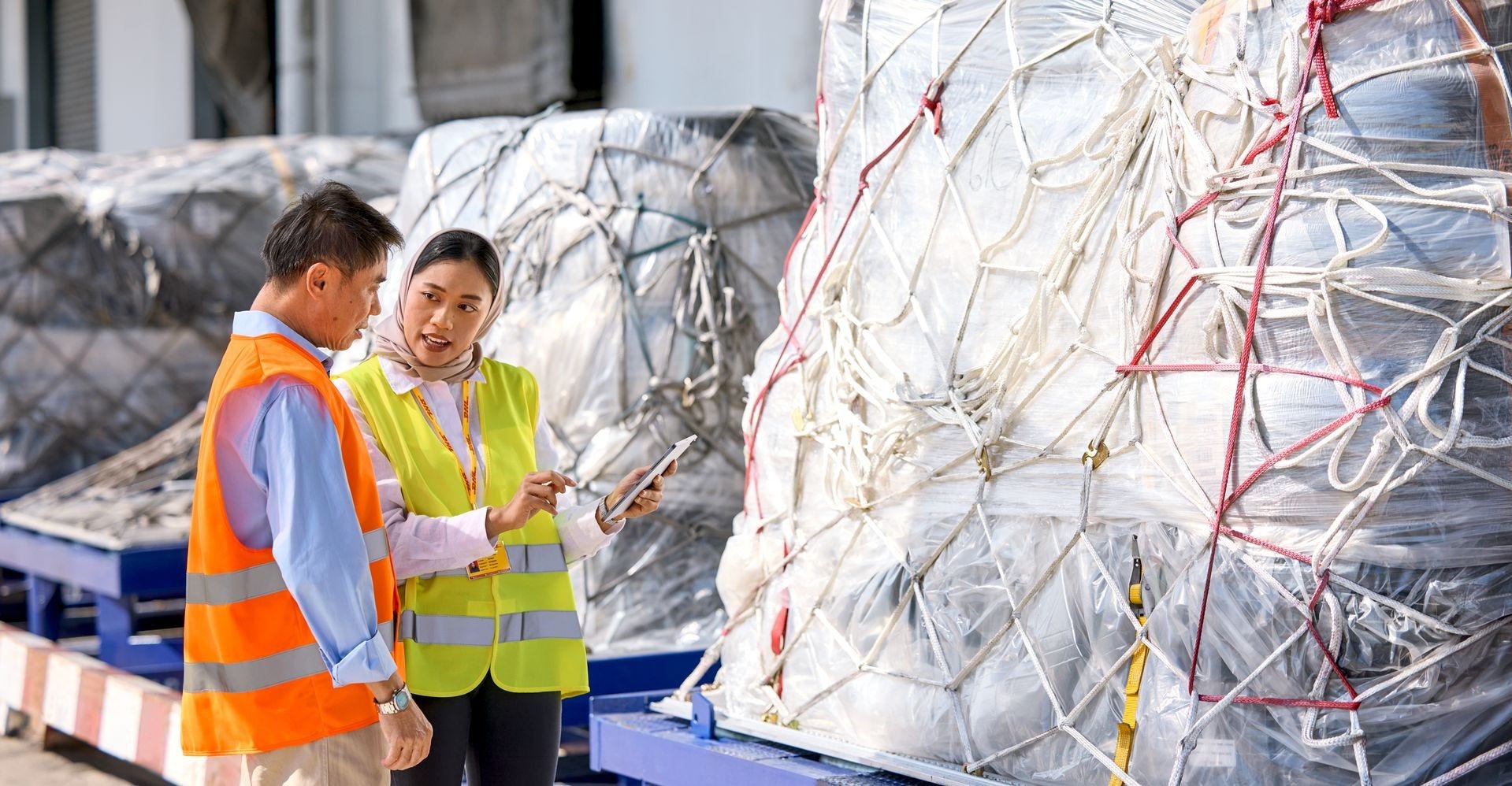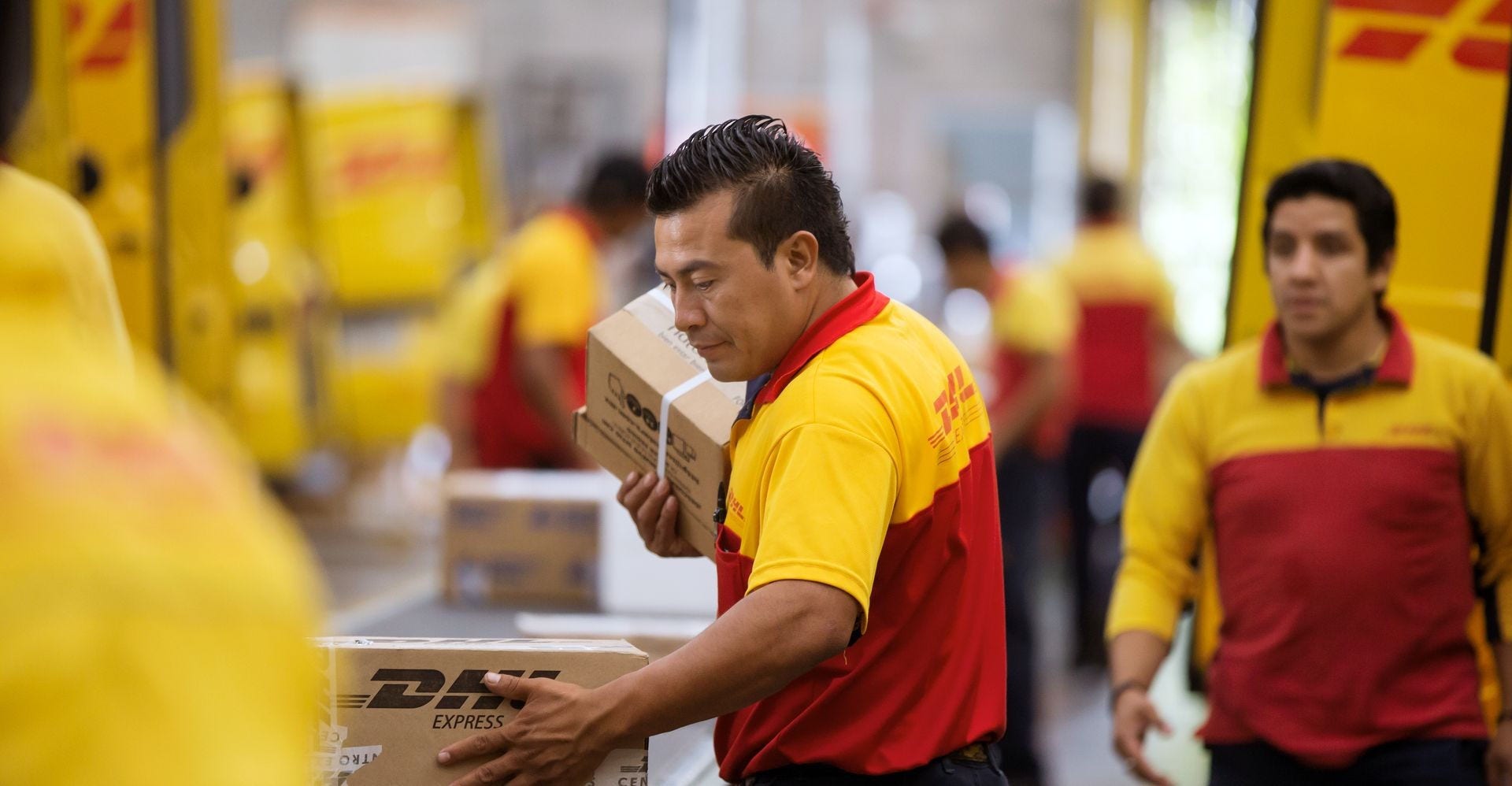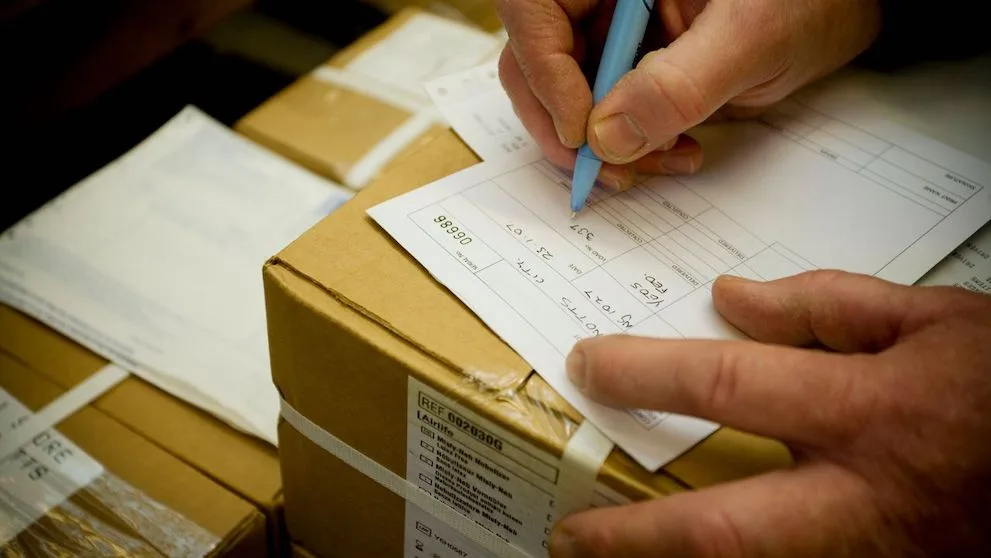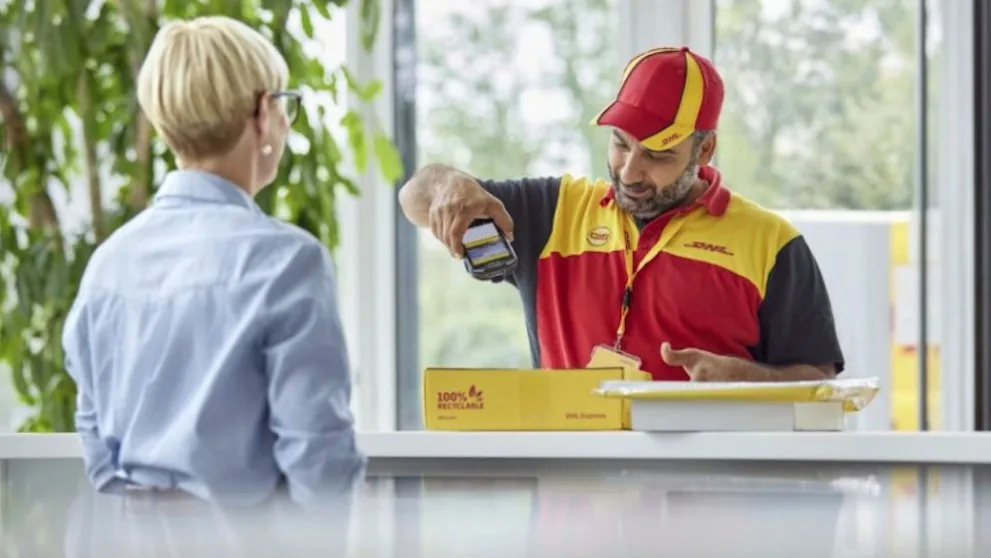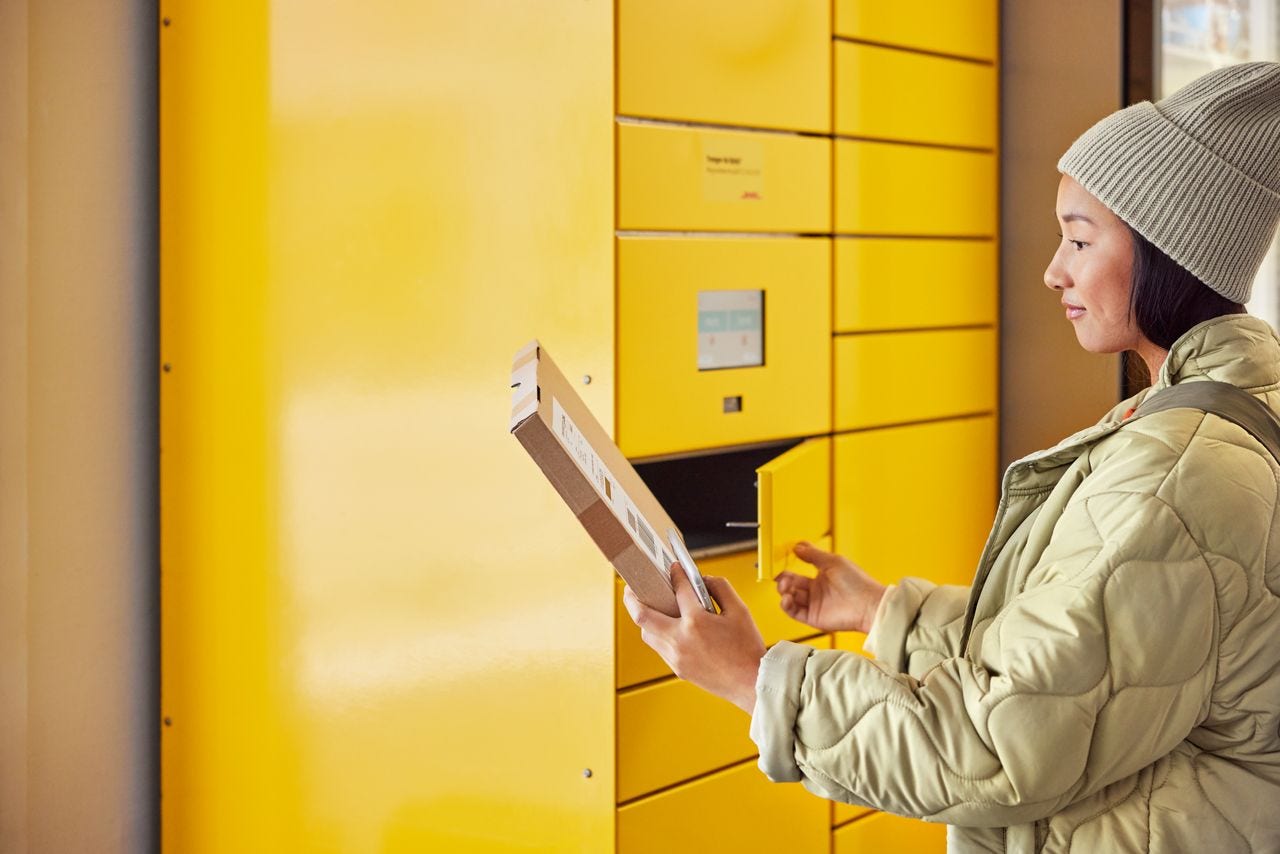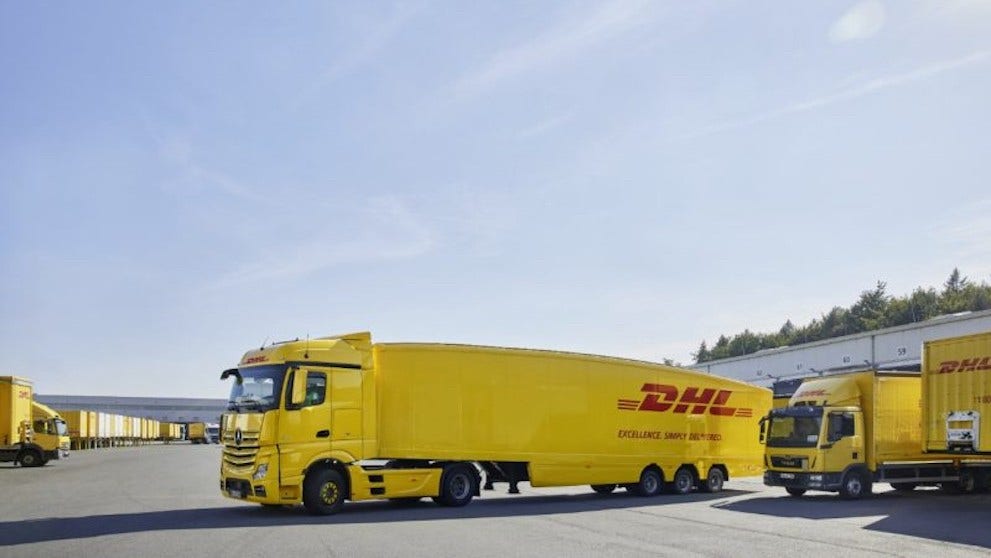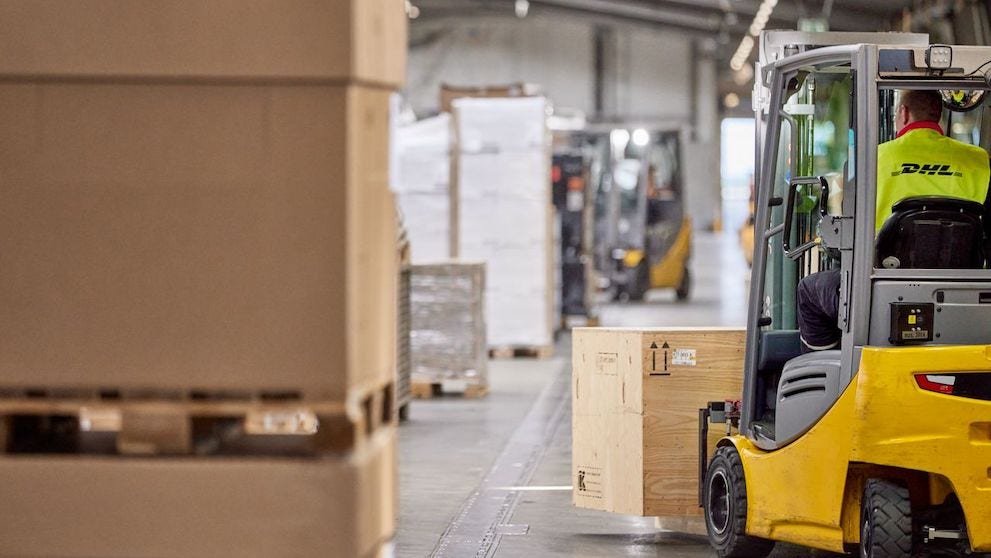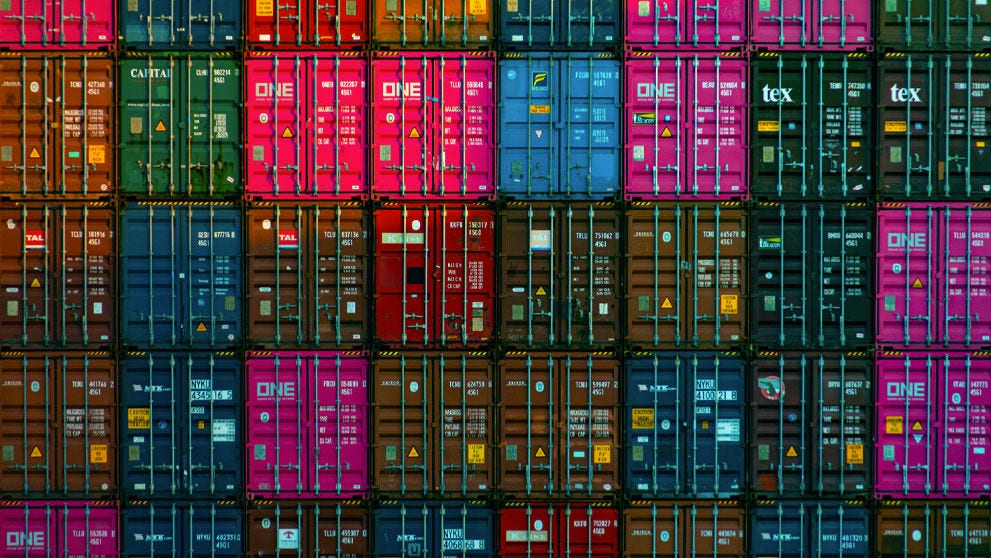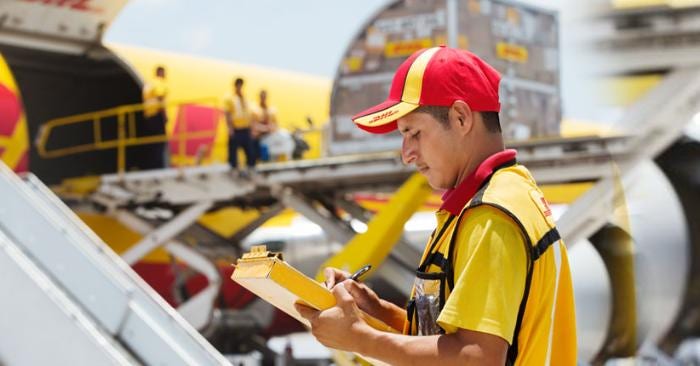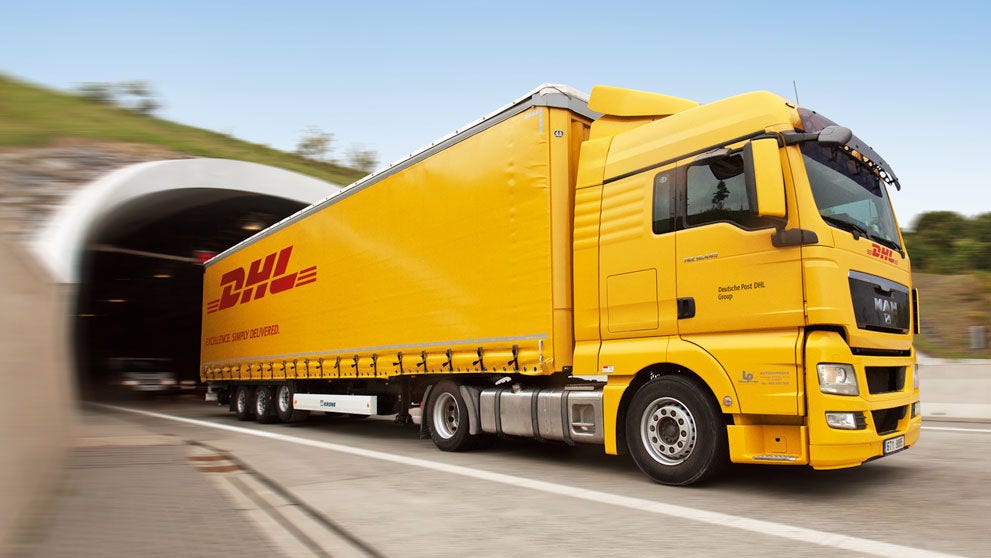
Manufacturer Identification Code (MID): Your key to seamless US customs
Achieving smooth, timely customs clearance is paramount for any business; even more so when shipping to the United States of America (US) amidst changing customs regulations and frequent global tariff updates.
One crucial, yet often misunderstood, piece of documentation that can smoothen the process of shipping to the USA from Singapore is the Manufacturer Identification Code (MID).
Failing to accurately provide or declare this code can lead to costly delays and increased scrutiny from US Customs and Border Protection (CBP), further complicating an already complex and confusing process.
This guide will demystify the MID, providing your business with a clear, step-by-step roadmap for generating and using an MID code correctly. This will help ensure your shipments are customs compliant to avoid unnecessary delays and simplify your export operations.
What is the Manufacturer Identification Code (MID)?
The Manufacturer Identification Code (MID) is a standardized alphanumeric identifier created by the CBP. It serves as a unique “fingerprint” for the foreign manufacturer, producer, or exporter of the goods being imported into the U.S., acting as an alternative to listing the manufacturer's full name and address.
The MID is used for:
- Tracking compliance: MID codes help CBP monitor imported goods to ensure they comply with U.S. trade agreements, quotas, and specific tariffs.
- Identifying manufacturers: MID codes are an easily searchable way to identify the country of origin of imported goods. If your shipment contains products sourced from multiple foreign manufacturers, you must provide a separate, correctly constructed MID code for each manufacturer.
- Analyzing data: The MID code is leveraged in systems like CBP’s Automated Commercial Environment (ACE) to analyze trade patterns and enforce compliance across various importers.
The MID must be reflected on the commercial invoice as well as any other official shipping documents and paperwork presented to the CBP, relevant agencies such as the US Food and Drug Administration (FDA) or US Department of Agriculture (USDA), and the business or individual that’s receiving the imported goods.
Determining country of origin when generating the Manufacturer Identification Code (MID)
An export’s ‘country of origin’ is the location where goods are manufactured or substantially transformed. ‘Substantially transformed’ refers to when goods undergo a fundamental change in their form, appearance, nature or character, with the change adding significant value1.
For example, a children’s toy may contain parts manufactured in countries A, B, and C. The parts are shipped to country D for assembly. Country D is considered where the individual parts were substantially transformed into a toy. Or if your Singapore-based business imports items from Country X before exporting them to the US, the item’s country of origin is Country X, not Singapore.
It’s important to correctly distinguish the country of origin in order to produce an accurate MID code.
Types of products that require an Manufacturer Identification Code (MID)
While providing the Manufacturer Identification Code is often beneficial for all US-bound shipments, it is legally required for certain categories of products as they are subject to specific trade or safety regulations.
Namely, an MID code is mandatory for all textile and apparel shipments in order to track compliance with textile quotas and country-of-origin rules. Any commercial entry of textile and apparel products must use the MID code to identify the actual manufacturer on CBP Form 3461 and CBP Form 75012, or their electronic equivalents.
While not always required for low-value de minimis shipments, the MID code is also a standard requirement for formal customs entries (shipments generally valued over US$2,500).
For any business engaging in international courier services from Singapore, knowing whether your product is required to have a MID code is the first step toward compliance. Even if your products are not required to have an MID code, having one can still help to streamline the shipping and export process.
How to generate a Manufacturer Identification Code (MID)

The Manufacturer Identification Code is constructed using a standardized set of rules applied to the manufacturer’s name and address. The complete code can be up to 15 characters, consisting of four primary components. Getting a MID code is straightforward and can be done by following the specific derivation rules listed below.
Component | Characters | Derivation rule | Example |
ISO Country code | Up to 2 | Two-letter ISO country code of the manufacturer’s location | SG |
Manufacturer name | Up to 6 | One-word manufacturer name: First three characters Two or more-word manufacturer name: First three characters of the first word AND the first three characters of the second word of the company name | FASTEC (FAShion TEChnology Group) |
Address digits | Up to 4 | Largest number (up to four digits) found in the street address line and/or PO box number | 0080 (80 Ubi Road) |
City name | Up to 3 | First three letters of the manufacturer's city name | SIN (SINgapore) |
Correctly constructing an accurate MID code is vital; minor errors can still result in customs rejection and shipment delays, significantly pushing back your fulfillment timeline.
Here are the practical rules to ensure your MID code is accepted by CBP:
- Ignore punctuation and common words: Omit all punctuation marks (commas, periods, hyphens) and ignore common English words like “a”, “an”, “and”, “of”, and “the”.
- Omit single-character initials: When abbreviating the manufacturer’s name or address, single-letter initials should be omitted unless they form part of a multi-letter abbreviation (e.g. “A.B.C. Co.” becomes “ABCCO” not “A” then “B” then “C”).
- Address line rule: When extracting numbers from the address, prioritize the largest number up to four digits. If numbers are separated by punctuation, ignore the punctuation and use the resulting number string (e.g. “Block 9, 27 Orchard Road” becomes “27” as it is the highest number in the address). If the street name itself is a number (e.g., "Sixth Street"), do not use that number.
- Use corporate headquarters: In situations where the invoice lists multiple company names (like a division and a main office), the MID code must be based on the name and address associated with the corporate headquarters.
- Maintain consistency: The correct MID code should be consistently used across all shipping documents for a particular manufacturer.
Sample MID codes
- A Singapore-based manufacturer named “Fashion Technology Group” located at “80 Ubi Road” has the MID code: SGFASTEC0080SIN
- A Singapore-based manufacturer named “Fashion Technology Group” located at “Block 105B, 80 Tai Seng Drive” has the MID code: SGFASTEC105SIN (Block number ‘105’ is used as it is the higher number compared to ‘80’)
- A Singapore-based manufacturer named “F. Technology Group” located at “Raffles House” might have the MID code: SGTECSIN (“F.” ignored in second component and no third component due to lack of numbers in the address)
From MID code to commerce: Your path to a seamless export process to the USA
Providing an accurate Manufacturer Identification Code is a hallmark of reasonable care and compliance for any Singaporean business exporting to the US. It helps to smoothen the bureaucratic process of customs clearance, ensuring that your exports arrive at their final destination in a timely manner.
Partnering with an expert in international courier services, like DHL Express, helps simplify business logistics. DHL Express can help businesses automate the creation and management of the MID code during the booking process, reducing the risk of manual errors and ensuring that all customs documentation is always compliant.
Businesses can consider engaging the following Consolidated Customs Clearance (CCC) options from DHL Express to gain a strategic advantage in the customs process:
- Break Bulk Express (BBX): Physically consolidates multiple individual shipments into a single larger shipment for customs clearance to the same destination country or customs union. The individual shipments are then physically deconsolidated after customs clearance.
- Loose Bulk Express (LBX): Consolidates multiple individual shipments for customs clearance to the same destination country or customs union, without any physical consolidation. Individual pieces are attached to the same Transport Label linked to the mother shipment, with no physical deconsolidation necessary after customs clearance.
These services:
- Reduce the administrative burden of customs handling by consolidating multiple entries into a single entry
- Enhance cost efficiency by saving on multiple shipment fees and customs charges
- Reduces costs in a non-de minimis environment (i.e. where every shipment incurs a clearance fee), by supporting the reduction of the total clearance cost per shipment
- Simplifies duty and tax management as the shipper can designate a single nominated Importer-of-Record (IOR) at the destination who is then responsible for the duty and tax payment
- Improves the customer experience by eliminating the need for the end-consignee ( final recipient) to receive the shipment with customs charges or required documentation
By leveraging DHL’s customs expertise and advanced systems, you gain access to advanced international logistics solutions that simplify compliance, mitigate costs, and enhance customer satisfaction. Move beyond worrying about how to get your MID code to focus on expanding your business, knowing that your shipments will clear U.S. customs smoothly and efficiently.




